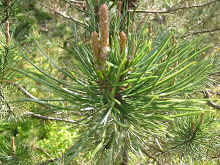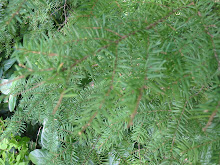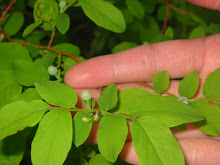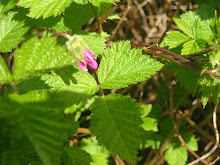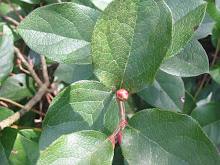Back in 2008, I took a course at UBC in bryology; the scientific study of mosses and liverworts. As my term project, I went to Camosun Bog and sampled as many different species of Sphagnum moss as I could detect. At that time, I could identify S. capillifolium, S. squarrosum, S. papillosum and S. palustre without looking at microscopic characters. Inspired by the microscopic key we used in class to identify liverworts, the purpose of my term project was to create an online pictoral key to the Sphagnum moss species present in Camosun Bog. Sadly, due to time constraints, the project was never completed. I would like to congratulate Prof. Shona Ellis and her Biol 321 class for returning to the bog and bringing the project to (near) completion.
This is her Sphagnum of Vancouver website: http://blogs.ubc.ca/sphagnum/
You can find the microscopic key and a list of Sphagnum species in Camosun Bog. I have noticed that while the online key appears complete, the final descriptions of each species is incomplete. The hard copy does not appear complete. However, if you need the final descriptions to each species, there is a link to the Bryophyte Flora of North America (which includes more species and a key, but the key does not include pictures).
To use the key, you need a light microscope. The first character is the shape of the cells on the outside of the stem. Other characters are the shape of the leaves and the shape of the cells in a transverse cross section of the leaf. It matters whether you look at a stem leaf or a branch leaf.
This website highlights and beauty and diversity of Sphagnum mosses. I look forward to seeing the completion of this website!
Monday, February 24, 2014
Monday, February 17, 2014
CBRG AGM
Some artifacts found in the bog on display during our AGM. Lots of hockey pucks fell into the bog over the years.
Sunday, February 2, 2014
Sunlit bog
Our bog is framed by Hemlocks which crept in through secondary succession. They are rooted in soil that rests on layers of peat. This picture was taken Jan 25 by Lawrence Brown.
Saturday, February 1, 2014
We caught one this big...
Stumps are removed as part of the restoration process. Decaying stumps add unwelcome nutrients to the abiotic conditions of a peat bog. It's hard work and very satisfying when a stump is finally extracted!
Subscribe to:
Comments (Atom)















